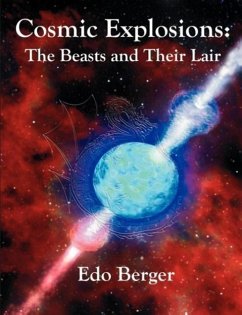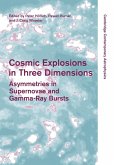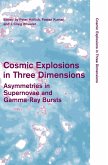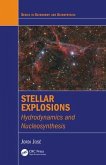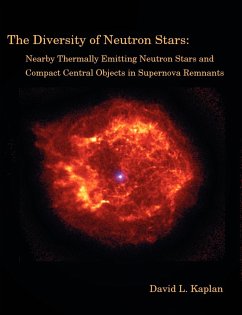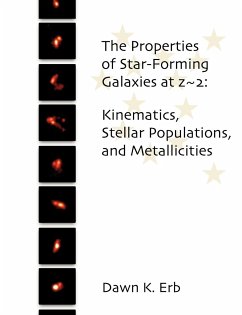The diversity of stellar death is revealed in the energy, velocity and geometry of the explosion debris ("ejecta''). Using multi-wavelength observations of gamma-ray burst (GRB) afterglows I show that GRBs, arising from the death of massive stars, are marked by relativistic, collimated ejecta ("jets'') with a wide range of opening angles. These results suggest that various cosmic explosions are powered by a common energy source, an "engine'' (possibly an accreting stellar-mass black hole), with their diverse appearances determined solely by the variable high velocity output. On the other hand, using radio observations I show that local type Ibc core-collapse supernovae generally lack relativistic ejecta and are therefore not powered by engines. Instead, the highest velocity debris in these sources, typically with a velocity lower than 100,000 km/sec, are produced in the (effectively) spherical ejection of the stellar envelope. The relative rates of engine- and collapse-powered explosions suggest that the former account for only a small fraction of the stellar death rate. Using the first radio and submillimeter observations of GRB hosts, I show that some are extreme starburst galaxies with the bursts directly associated with the regions of most intense star formation. I suggest, by comparison to other well-studied samples, that GRBs preferentially occur in sub-luminous, low mass galaxies, undergoing the early stages of a starburst process. If confirmed with future observations, this trend will place GRBs in the forefront of star formation and galaxy evolution studies.
Hinweis: Dieser Artikel kann nur an eine deutsche Lieferadresse ausgeliefert werden.
Hinweis: Dieser Artikel kann nur an eine deutsche Lieferadresse ausgeliefert werden.

